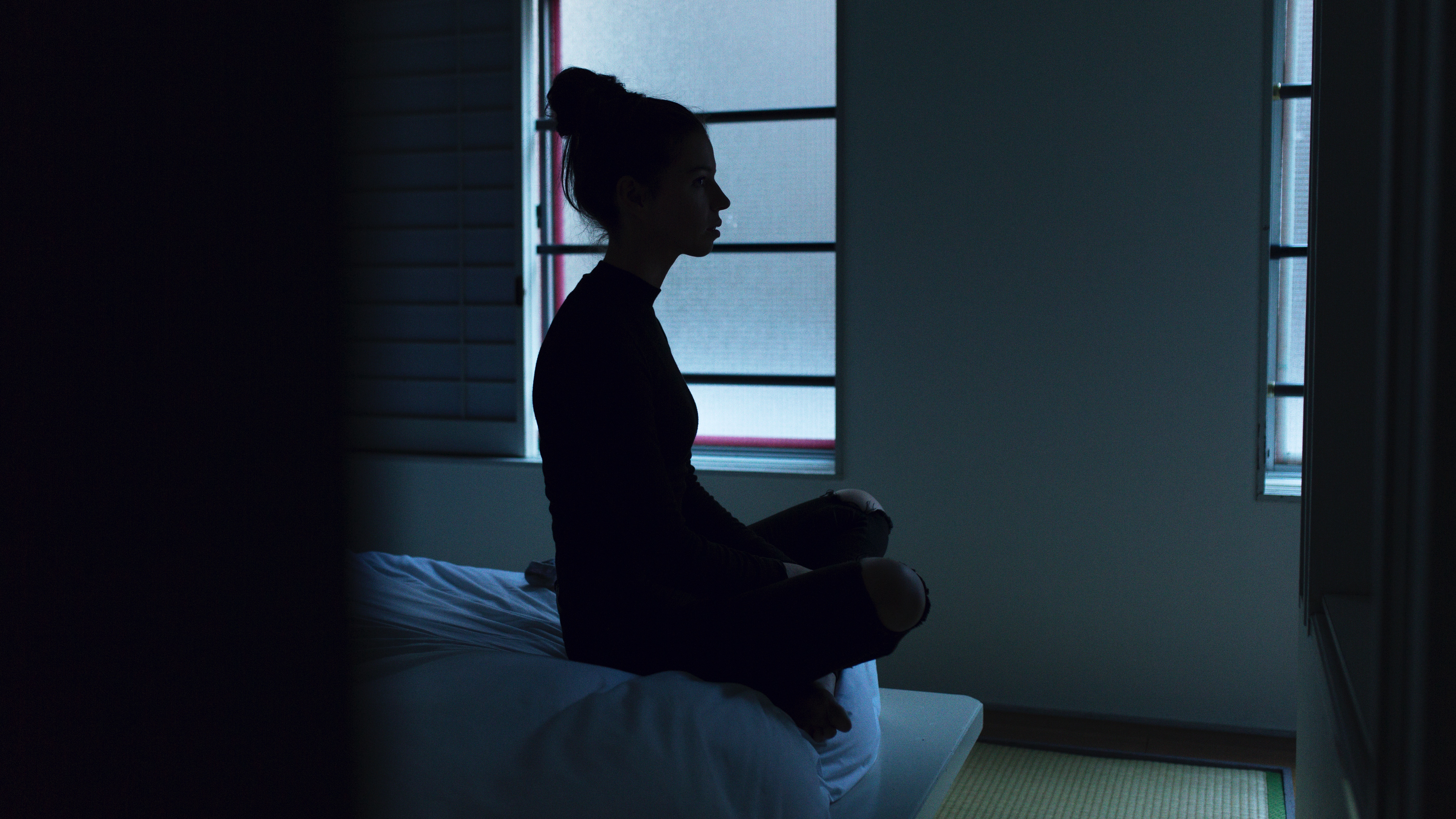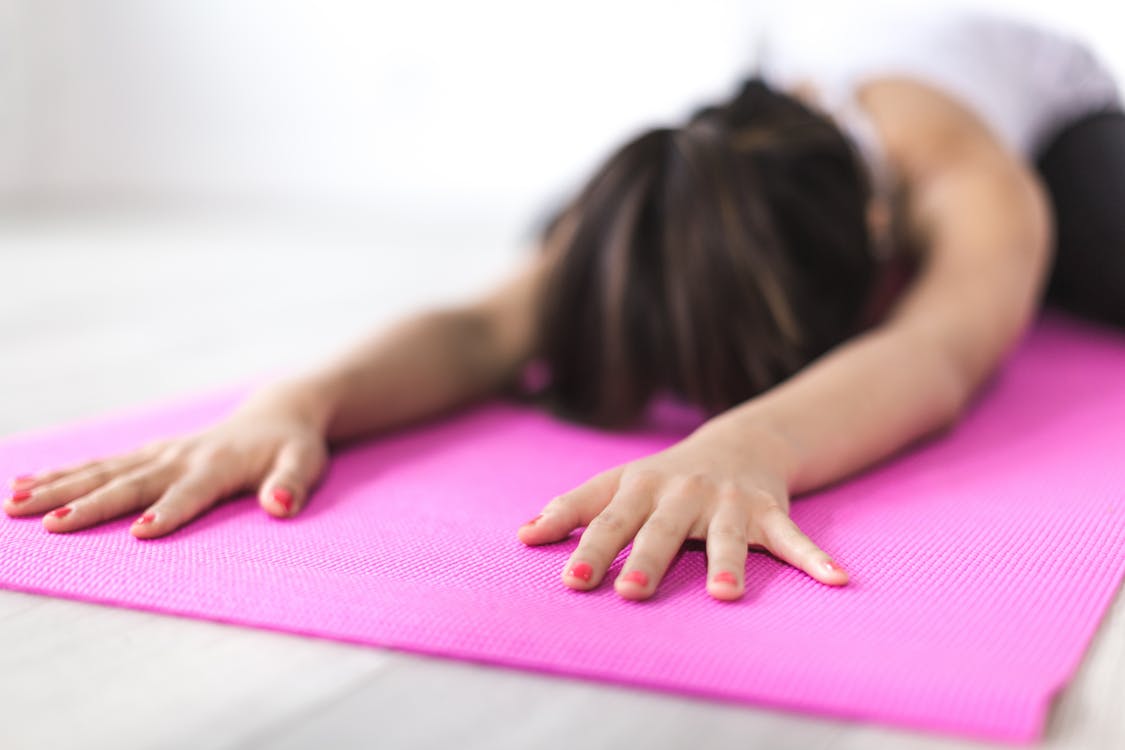“Action is the antidote for everything” –age-old adage

After becoming despondent over the presidential election, I concluded that if an individual believes something strongly, they must act. I talked to friends and colleagues about how one can express a strong belief peacefully and effectively, and was fortunate to receive advice that later proved to be true: an individual must reach out and connect with their own community, and hopefully, share a passion or skill to increase empowerment.
I dedicate a considerable amount of time to my yoga practice, and since I began my practice years ago, have found that it has transformed my life for the positive in countless ways. Those who share my passion can also vouch for its significant powers of physical and emotional health and healing. Those born into disadvantage are denied basic emotional and physical comforts, and I reasoned that sharing my practice, and therefore creating access to these tools, would be immensely beneficial. Everyone needs something that adds to their life that is all their own.
After contacting several organizations, I set up a weekly optional Saturday afternoon yoga class at a center for homeless adolescents. Pro-Bono, of course. To make these classes most helpful to the 14-19-year-olds, I had meetings with the director of the center who emphasized the stress these adolescents face. All were enrolled in school and work, had made an agreement to avoid drugs and obey laws, and none were sure of what would later happen to them. I proposed a beginner-level yoga class with tension-releasing poses and meditation focused on confidence and self-love and received the go-ahead.
The students were lovable and cheeky, despite the extreme neglect they experienced from both their family and the government. They teased me and repeatedly told me I looked like a Disney princess. Occasionally, during the week, I ran into a male student of mine on the street on his way to school and on my way to work. I’d chat with him and was always surprised that he looked so happy to see me because he was one of the very cheeky ones. Once, he told me I was “nice” and though prior to that I was never sure I was doing a good job, at that moment I was sure I was doing a great job.
I designed classes that were not sweaty but instead contained standing balances to build confidence, hip openers to build courage, heart openers to remain open in trying times, and speaking meditations that encourage cultivating a happy space in your own mind.* At the end of class, we had fun doing what some call “yoga tricks,” such as arm balances and inversions, and it caused laughter, confusion, questions, and a desire to learn these poses. Funnily, it was the only time I saw any of them motivated to practice hard and speak with confidence that they, too, could someday learn these challenges. What I love most about yoga is how it increases a sense of self-worth and an individual’s belief about their own capabilities.

If you’re seeking this kind of volunteer work, I offer a few suggestions.
1. Remember that ALL human beings are sensitive, and when interacting with a demographic of young, homeless adolescents, you should anticipate low self-esteem among students. It is part of your job to make these students feel comfortable and capable. This is an opportunity to teach that with dedication and work, progress is ALWAYS possible. Teach this gently and firmly.
2. Prepare for all levels and all types of yoga. Adolescents are generally in reasonable shape with lots of energy, but you may have students that struggle with physical confidence or pain. Offer feel-good and pain relief poses that focus on sensation. Encourage them to stretch during the week, before bed or after waking up, for no reason other than it feels good.
3. Be as reliable, dependable, and unshakable as possible. Your students will not have many people like this in their lives, and even if you play a small role in their world, the fact that you communicate, show up when scheduled, and conduct yourself with rationality, kindness, and focus is a big deal.
4. Keep in mind these students deal with considerable stress, and relieving their stress while teaching them tools to manage it should be the objective. We all function at a higher level when we are happy.
My work with these students broadened my world and inspired me to continue helping others heal through yoga. I enjoyed every minute I was with them and believe that although I did not cure anyone’s situational maladies, I was able to teach tools for maintaining physical health and speak about the importance of caring for yourself no matter what goes on around you.
The work was challenging, but I was serious about being a positive force in the lives of others. Growth happens every day, and whatever happens, we must not stop fighting the good fight.
*Suggested poses: Mountain pose, vinyasas through lunges, prasarita, seated twists, forward folds, rag dolls, downward dogs, low lunges, sphinx pose, tree pose, frog pose, camel pose, cat/cows, various gentle Ashtanga poses.
__
Also by Anastasia: 4 Lessons from Boss Lady and Literary Icon Chimamanda Ngozi Adichie
Related: 6 Smart Tips for Teaching Yoga Abroad
4 Revitalizing Ways To Turn Your Yoga Practice Into A Wellness Lifestyle
Get more like this—Subscribe to our daily inspirational newsletter for exclusive content!
__
Photo: Ben Blennerhassett on Unsplash, Pexels
